The desktop active wireless loudspeaker category has become rather interesting for the simple reason that manufacturers are working extremely hard to create products that not only deliver surprisingly great sound quality but genuine solutions for those of us who work at a desk all day. The pandemic changed how we work and that has become a real opportunity for those paying attention.
The AirPulse A100 Active Loudspeakers from Platinum Audio Systems UK have a rather interesting origin; the man behind the designs will be familiar to audiophiles who remember the rather large Air Pulse 3.1 Loudspeaker system that won the Japanese Audio Society’s “Golden Sound Award” in 1998 and other designs he created for Boston Acoustics, Acoustic Energy, VitaVox, and Edifier.

Phil Jones has been a very busy man behind the scenes working with his team of engineers in the UK creating products for Edifier in China that is responsible for the manufacturing end.
AirPulse products are designed in the UK, offering both passive and active loudspeakers for the home as well as PA systems.

The AirPulse A Series includes 4 models ranging from the flagship A300 ($1,499 USD), A200 ($1,299 USD), A80 ($699 USD), and the A100 which retail for $999 USD. All of the models are bookshelf designs utilizing a rather unique horn-loaded aluminum ribbon tweeter; ribbon tweeters have been a staple of Jones’ designs for many years.
What’s in the Box?
The A100s arrived in a heavy cardboard shipping carton without a lot of fanfare, but opening the package revealed a well thought out kit consisting of the loudspeakers, a set of wedges to help angle the speakers for desktop use, remote control, 3.5mm to RCA cable, RCA cable, USB cable, fiber optic cable, power cable, a speaker interconnect cable (EIC-04 DIN connectors (5-pin 180°) and a cleaning cloth.

Each loudspeaker measures 10″ H x 6.25″ W x 11.25″ D and are rather hefty at 12 pounds apiece. The cabinets are .75″ MDF lined with anti-resonance film on the interior walls and finished in a very attractive piano lacquer with the option of white, black, and bright red finishes.
The front of the cabinets feature the horn-loaded ribbon tweeter and 5-inch midrange/woofer. The primary/active loudspeakers also features a small, horizontal bar below the woofer that provides users with the source information.
Both cabinets feature rear ports on the top of the enclosure and the primary loudspeaker is designed with the internal amplifier on the bottom of the rear panel; the passive loudspeaker features a DIN connector as well.

Technology
The aforementioned horn-loaded aluminum ribbon tweeter is shared by all of the A-Series models (waveguide size varies with each model) and allows for high sensitivity, very fast transient response and improved resolution. According to Jones, the A100’s frequency response climbs to almost 42 kHz.
Another advantage of the tweeter design is that it focuses the energy toward the listener which improves on-axis performance while minimizing undesired reflections from the room.
The 5-inch midrange/woofer uses an anodized aluminum alloy cone (PAAC) in a cast magnesium frame with a 35mm CCAW voice coil and an under-hung motor structure using neodymium magnets.
The unit was designed using comparative analysis of cone geometries using a Klippel Laser Doppler Interferometer. It should be noted that a 35mm voice coil is considerably larger than typically found in a 5-inch driver and reduces both heat and compressive loading of the driver as a result.

The bass response of the A100 measures down to 52 Hz which is about the realistic limit of this size driver and cabinet; the A100 does feature a subwoofer output for those looking to augment the low end response of the loudspeakers.
Amplification is provided by two Texas Instruments TAS5754 class D amplifiers; the TAS5754 allows for up to a 192kHz input signal and uses a PWM frequency of 768kHz which is higher than most of its competitors allowing for lower noise and distortion.
Both amplifiers are connected in bridge mode with one handling the midrange/woofers and the other handling the tweeters. This again allows the individual amplifiers to be tuned to a specific task with the tweeters receiving 10 watts of output power and the midrange/woofers receiving 40 watts each for a total of 100 watts from the amplifiers.
In addition to the amplifiers, the A-Series models utilize TI input components to allow better frequency response, lower distortion, and less cross-talk. For example, the A100 uses relays instead of switches to help lower chatter between the various inputs.
The S/PDIF receiver for the optical input is also a TI part (PCM9211) and supports up to 24-bit/192 kHz; which is the same limitation of the XMOS USB input.

Connectivity
For desktop users, the A100 supports both digital and analog sources. The rear panel features two sets of RCA inputs, 1 USB Type-B input, and the aforementioned TOSLINK optical digital input.
A Qualcomm Bluetooth Receiver which supports aptX and SBC is also integrated into the loudspeaker. Testing with both an Android smartphone and iPhone 14 confirmed that 15 feet was the comfortable range between the source and loudspeakers.

AirPulse supplies a 10-foot interconnect terminated with 5-pin DIN connectors on both ends which simplifies connection. The length should be more than enough for desktop and near-field listening.
One thing I would have liked would be the ability to make the active speaker the left speaker but that is not how the loudspeakers were designed. The ports for the DIN connector are clearly marked “output to left” and “left speaker” so swapping the position of the active speaker isn’t possible.

Which Button?
The AirPulse A100 is controlled either through the back panel or with the supplied remote control. Users need to power up the loudspeakers using the switch on the rear of the active speaker before the remote can be used.
The real panel on the active speaker has a multi-function volume control that serves as a source selector by pushing in the knob and then turning it left or right to select source.
The volume knob has tactile clicks while the bass and treble adjustment knobs below it are smooth turning. Unfortunately, you can’t adjust the bass or treble using the remote.

Sound
The treble is the real star of the show with the A100 and that should surprise not a soul considering the quality of the ribbon tweeter; from my perspective, ribbon tweeters have always held an advantage over ferro-fluid filled domes that are rather prevalent in inexpensive loudspeakers.
In this particular case, the successful implementation of a horn-loaded ribbon tweeter allows the A100 to extend cleanly through the specific audible range and recreate an extraordinarily open and spacious sounding top end.
Those who prefer a softer sounding top end may find the treble slightly too aggressive, but from my perspective, the ribbon is very effective when it comes to opening up the soundstage of such a small loudspeaker and reproducing a lot of detail without becoming etched or fatiguing in the process.
Some might point to the connection to Edifier and expect the A100 to offer a very similar presentation like the S1000 MKII ($399 at Amazon); the reality is that the two loudspeakers do not sound the same and that’s primarily because of the implementation of the ribbon tweeter.
Midrange resolution is very good along with a rather neutral tonal balance and very good detail. Strings have just enough energy to sound realistic and piano notes have excellent pacing and clarity. Both instruments have greater impact higher up in their range and there is more of an emphasis on clarity and pacing than tonal coloration.
Both male and female vocals share strong timbral accuracy and presence without jumping too far forward of the instrumentation. Female vocals do not get pushed forward of their male counterparts.
The low end performance suffers somewhat because the 5-inch drivers simply can’t reproduce a lot of bass information below 50 Hz leading to a heavy emphasis on the mid bass.
Even with this limitation, bass above 50 Hz is well defined and extremely taut. Those expecting fireworks with symphonic works will likely be disappointed with the sub-bass response, but what exists is still impactful and well defined.
Rock and pop recordings fare better with punchy and well defined bass in the mid and upper bass range; detail, clarity, and speed were definite strengths of the A100 in that regard.
Soundstage width and depth are rather convincing, although musicians and vocalists are presented in-between the loudspeakers whilst listening on the desktop.
Imaging is quite precise and one could easily track movements within the soundstage.

Conclusion
With so many options in the category, the A100 needed to be really strong in a few areas to really stand out.
Unlike a number of other wireless loudspeakers designed for the desktop that look and feel somewhat utilitarian, the A100 have a more sophisticated look and level of finish that justify its high asking price.
Connectivity options are sufficient but certainly not at the level of the Q Acoustics M20 HD or KEF LSX II.
Where the AirPulse A100 becomes a much more compelling option is when we compare its very open presentation, detailed and airy treble performance, and excellent midrange resolution and clarity. There are not a lot of options designed for the desktop below $1,000 that perform as well in these specific categories.
The bass performance loses a lot of its punch below 50 Hz and that may force some to look at subwoofer options to fill out the bottom octaves.
Where to buy: $999 at Amazon | Edifier
Related reading: Acoustic Energy AE1 Active Loudspeakers: My Favorite Audiophile System Builder






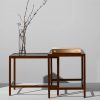








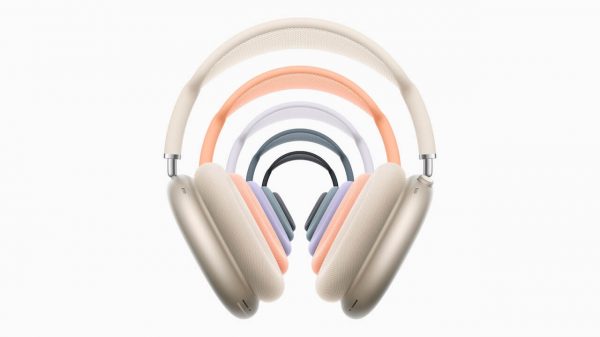

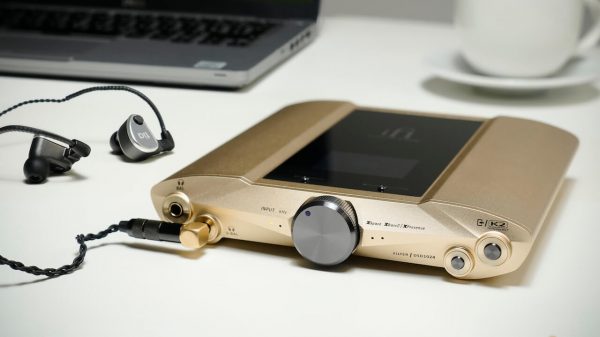
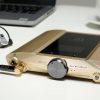
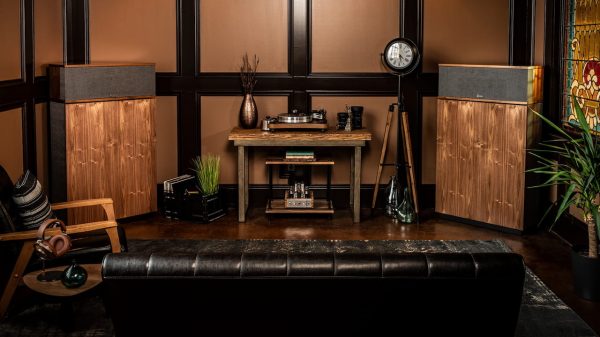
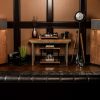


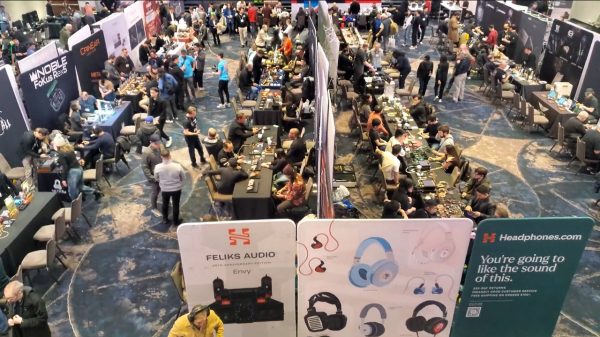

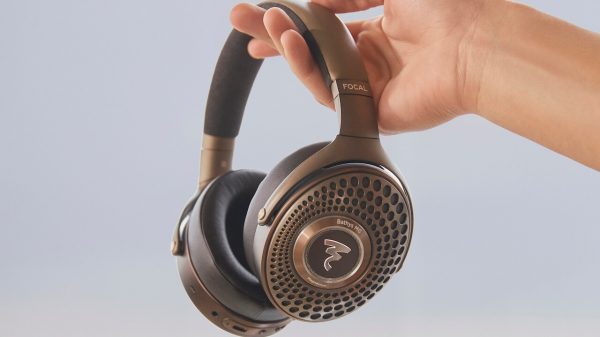
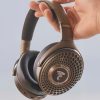











Alex
August 10, 2023 at 1:02 pm
Don’t mix politics with speaker review …you make your review unreliable..if you want to stop the war just go home NATO…you are to far away from it….you can watch ellon mask satellites and realize from who George Orwell wrote about….
Good speakers though…I have a pair..
Ian White
August 10, 2023 at 3:25 pm
Alex,
There’s not even one sentence in the review that is political.
IW
allan kvist
August 10, 2023 at 7:14 pm
Strange to review such an outdated model without mentioning that its 5 years old and that its bluetooth codecs are either distortion ridden (aptx) or ansient and highly compressed (sbc). An updated Mk 2 model with lc3 codec is highly overdue.
You miss mentioning if the wedged feet shown on one of the pictures are included.
If not the speakers are useless for desktop use since tweeters will point at ones chest instead of at ones ears.
However calling the bass suffering doesnt seem fair. A so small speaker doesnt play sub bass unless it sacrifice volume for boosting bass via equalisation or tune for a bloated bass,so a buyer wont be surprised. Paired with one or more subwoofers its own bass extension is totally irellevant. I think you should rewrite parts of it. Also make the hidden political messages more clear, caus I didnt catch them. Cheers!
Ian White
August 11, 2023 at 11:40 am
Allan,
LOL. Our political bias was clearly showing with that one.
Will did mention that there are risers included.
We don’t rewrite reviews unless there is a technical mistake.
As to the age of the product, there have not been enough mainstream reviews of the product on this side of the pond and we felt it would be a good option for a lot of listeners.
Cheers,
Colonel Klink-Stein-Berg